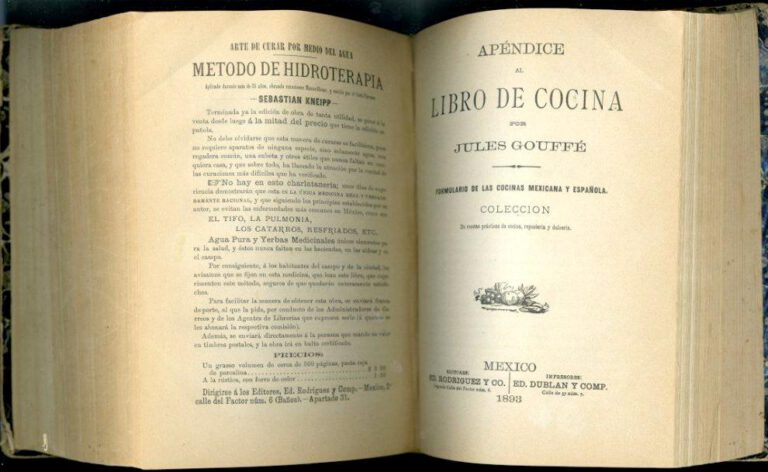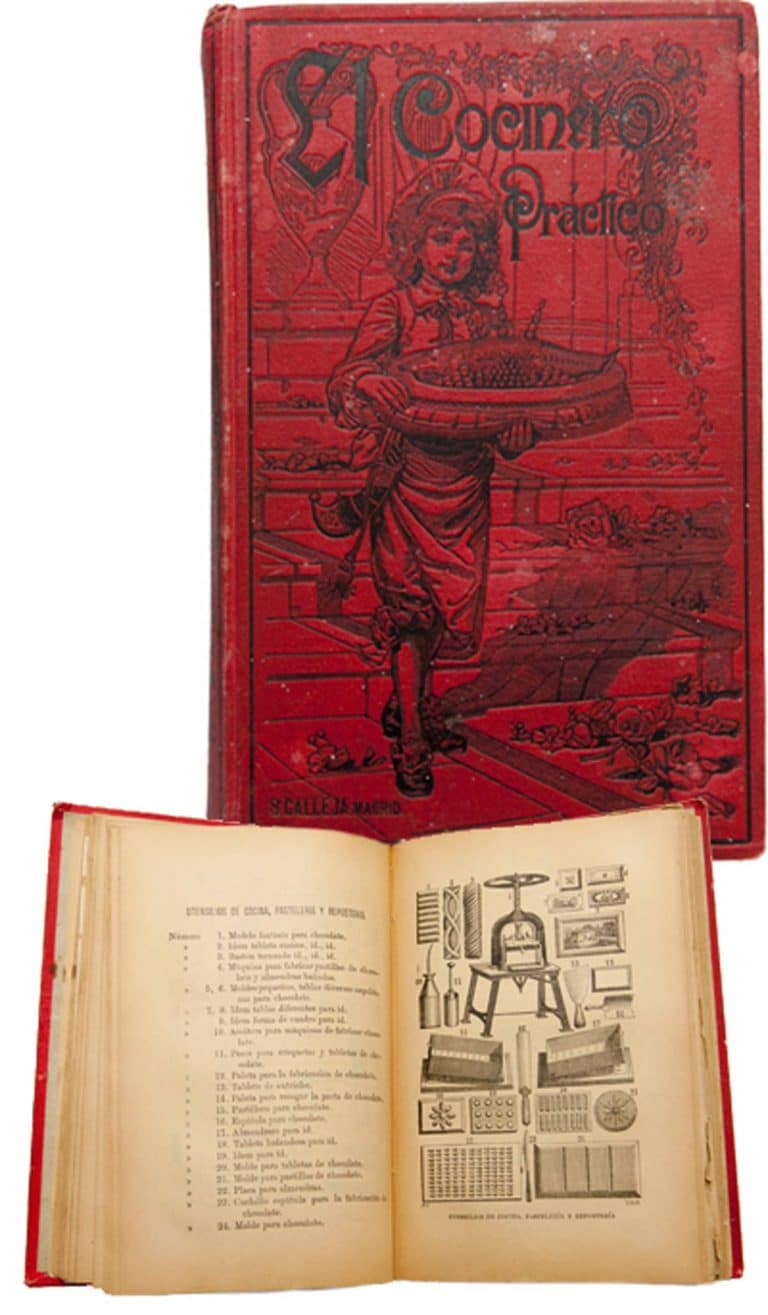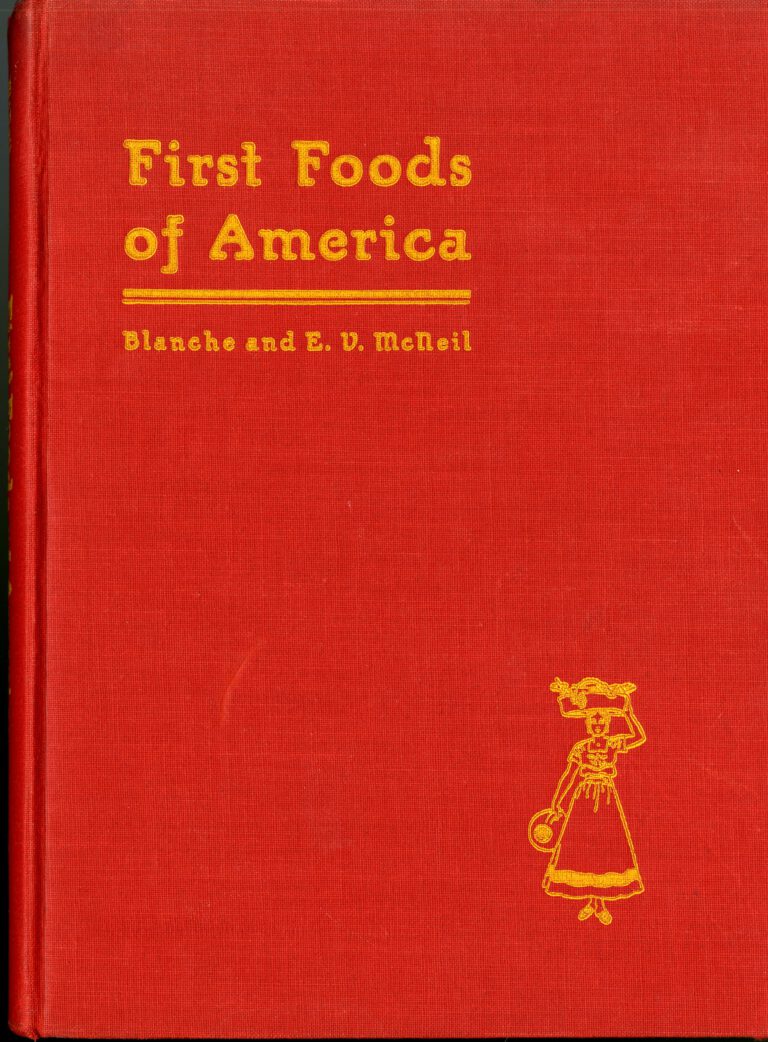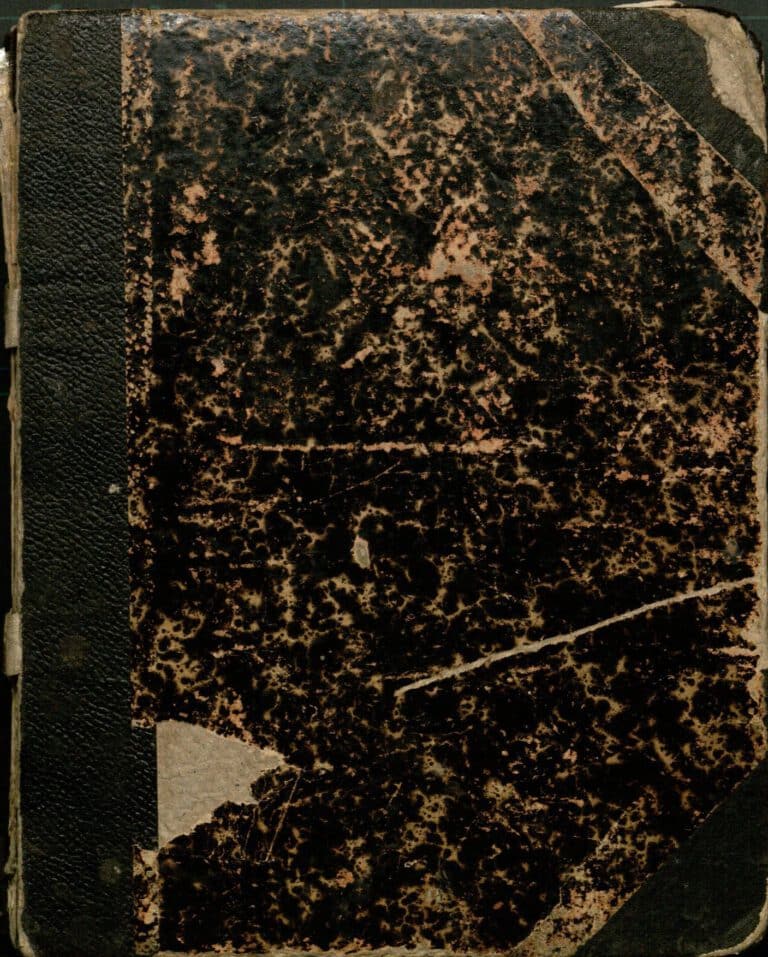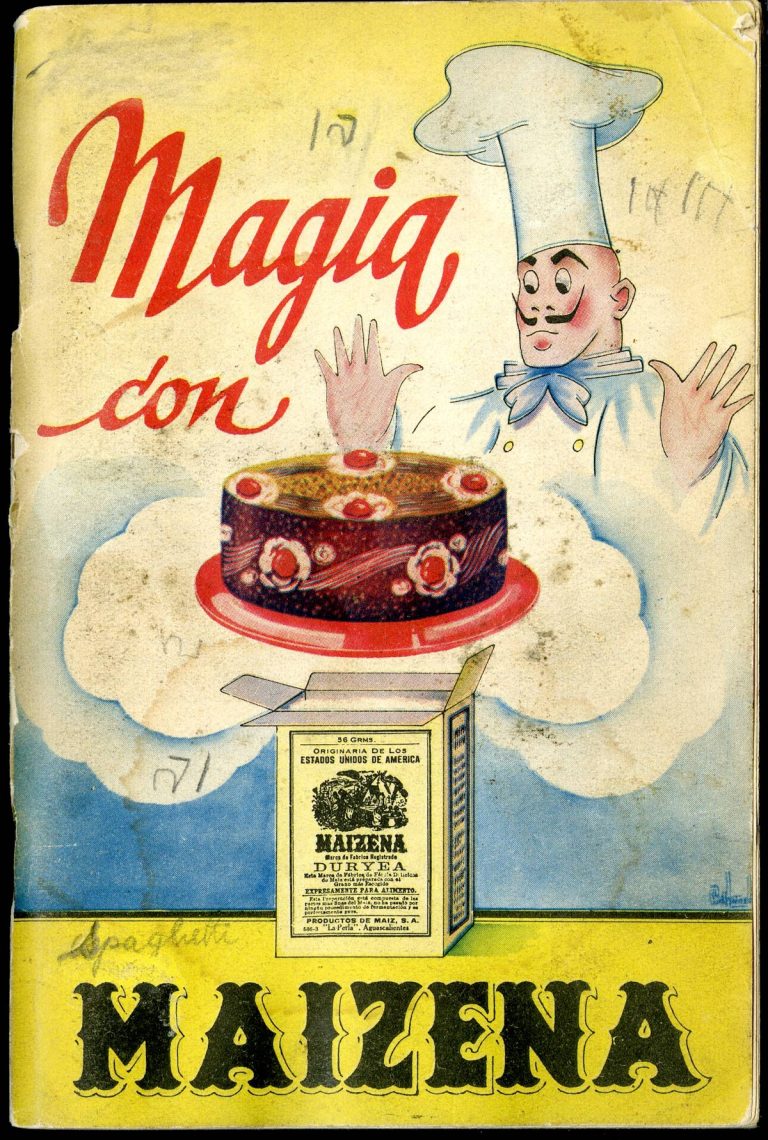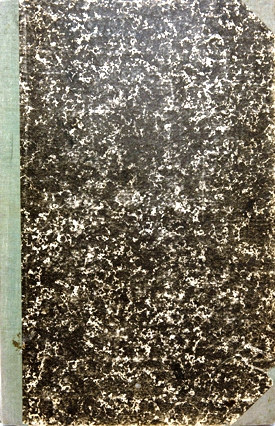Capirotada de Navidad 1998 (Christmas Bread Pudding)
Verti, Sebastián. El Libro Clásico de la Navidad en México (México, D.F. : Editorial Diana, 1998). [GT4987 .V47 1998]
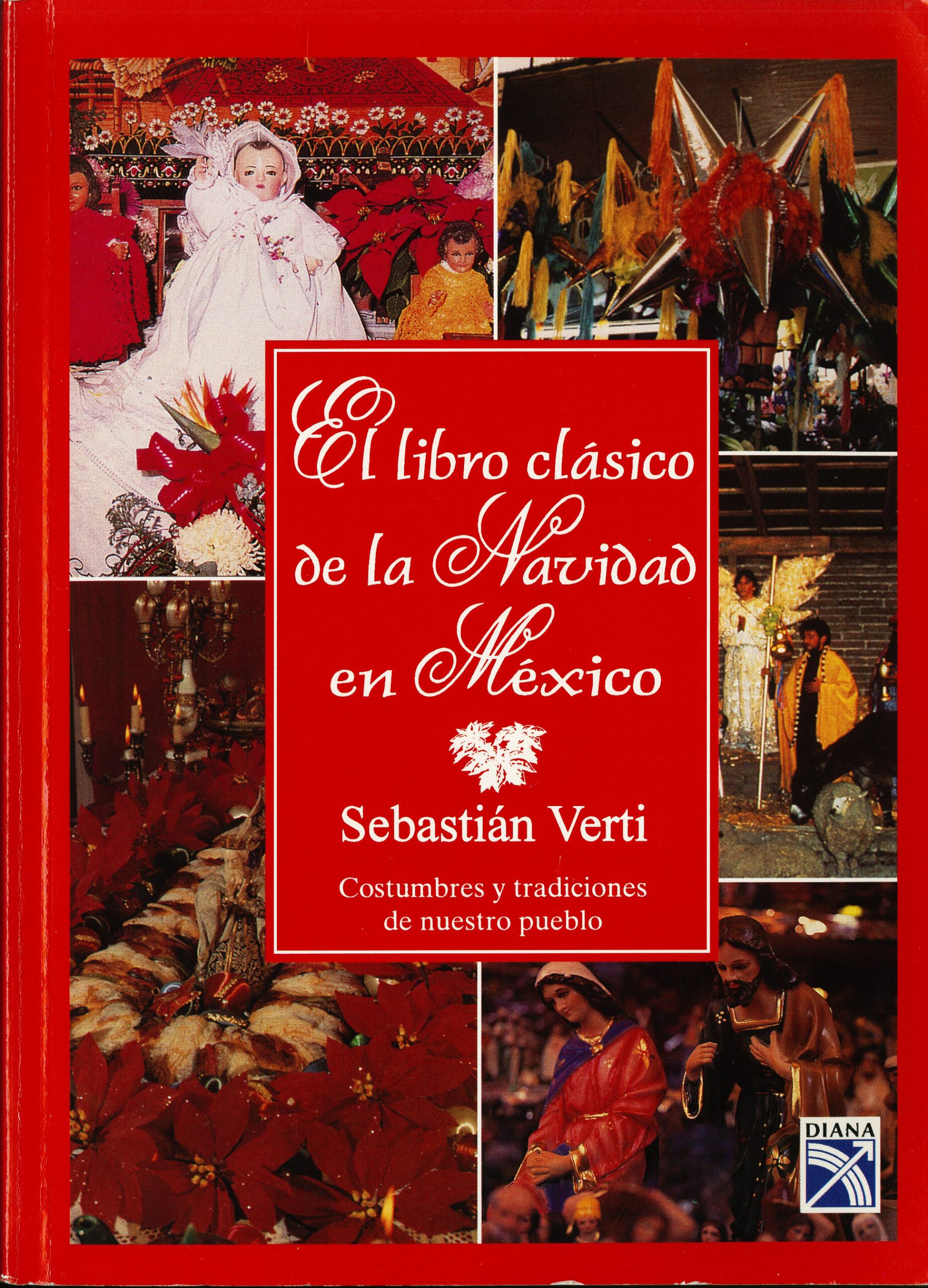
This recipe offered some challenges in terms of ingredients and interpretation of cooking techniques.
For the ingredients, I had no luck finding queso añejo at my local HEB, so I used queso cotija, which my internet research told me was an acceptable substitute.
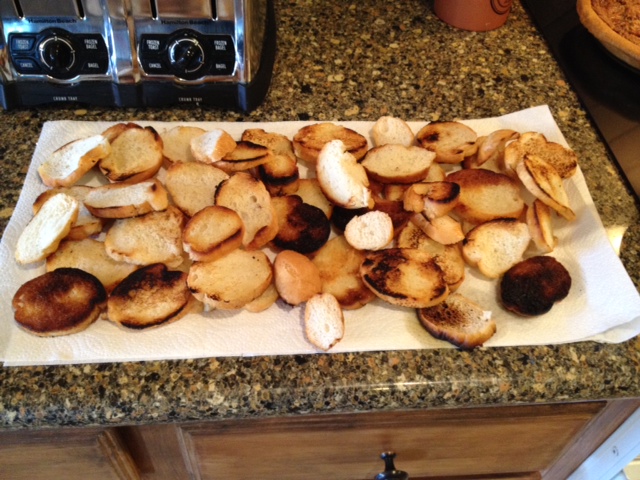 I was able to locate the cones of piloncillo brown sugar, and enjoyed cooking with them for the first time. I also found silver “french dragees” at HEB, but they were very expensive, so opted for more run-of-the-mill nonpareils instead.
I was able to locate the cones of piloncillo brown sugar, and enjoyed cooking with them for the first time. I also found silver “french dragees” at HEB, but they were very expensive, so opted for more run-of-the-mill nonpareils instead.
Rolls of bread come in many different sizes, so I was unsure what kind to get or how big they should be – I knew the liquid-to-bread ratio had to be just right. I bought four bolillos from the bulk bin, but only ended up using three of the rolls in the recipe as they were rather large.
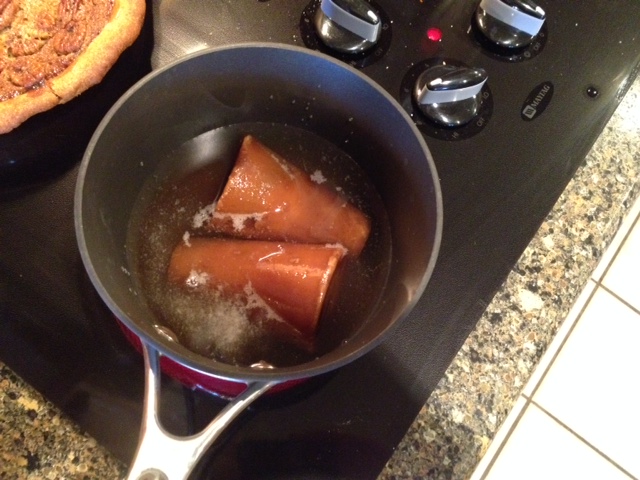
Overall this Christmas Bread Pudding was easy to make, but I do have a few tips. I found that I needed quite a bit of oil in my pan in order to fry the bread to a golden brown without burning it. Also, I should have used a larger pot to boil the piloncillo sugar cones, as they had a tendancy to boil over and make a big mess on my stovetop. The nonpareils didn’t melt the way I had hoped they would once sprinkled on the hot pudding, but remained in their small ball shape – not really adding to the presentation of the dish, in my opinion.
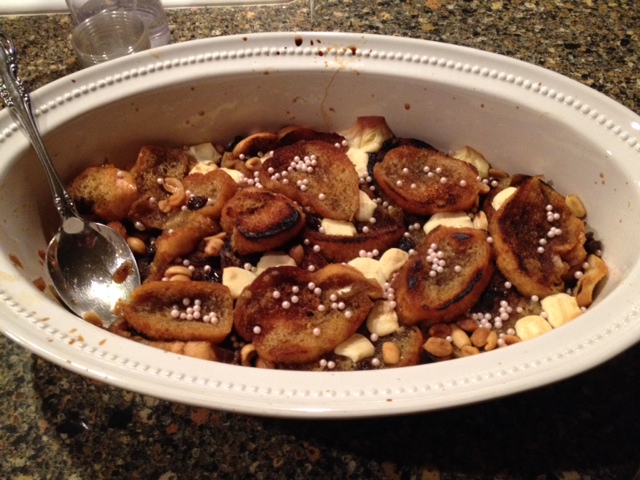
It wasn’t entirely clear from the recipe whether the bread pudding should be steamed over a double-boiler or baked in a water bath. As I don’t own a double-boiler that would have been suitable for the job, I opted to bake it in a water bath in the oven, putting the container inside of a larger baking dish filled with a couple of inches of water.
The results? The pudding was tasty, but not a huge crowd-pleaser among the guests staying at our house over Christmas. I made the mistake of cooking the pudding a day ahead of serving it, and while it appeared moist when I took it out of the oven, it had time to harden up overnight. The cheese cubes never really melted down, even after microwaving the pudding in an attempt to get it warm and soft prior to serving. Next time, I would serve it immediately after cooking.
Capirotada de Navidad (205)
Ingredientes
4 bolillos partidos en rebanadas
2 conos de piloncillo
½ taza de cacahuates pelados
½ taza de pasas
1 taza de queso añejo partido en cuadros
1 raja de canela
1 cucharada sopera de grageas de colores
Aceite para freír
Elaboración
Hierva el piloncillo con la canela en dos tazas de agua para formar una miel.
Dore las rebanadas de pan en aceite y quite el exceso de grasa poniéndolas sobre una serilleta de papel.
En una cazuela coloque una capa de rebanadas de pan, cúbralas con pasas, cacahuates y trozos de queso; luego ponga otra capa de pan, pasas, cacahuates, etc., y así sucesivamente; bane con la miel.
Ponga la cazuela a baña María una media hora para que se suavice el pan; espolvoree con grageas de colores.
Christmas Bread Pudding (205)
Ingredients
4 rolls in slices
2 cones of piloncillo sugar (Mexican brown sugar sold in cones)
½ cup peanuts, peeled
½ cup raisins
1 cup of queso añejo, cubed (firm, aged cheese traditionally made from skimmed goat’s milk, but also available in cow’s milk)
1 cinnamon stick
1 tablespoon of colored dragees
oil for frying
Preparation
Boil the brown sugar with cinnamon in two cups of water to make a syrup.
Brown the bread in oil and remove excess oil by draining on paper towels.
In a cooking pot, place a layer of bread slices; cover it with raisins, peanuts, and pieces of cheese; then add another layer of bread; then raisins, peanuts, etc., and so on. Drizzle with syrup.
Put the pot in a bain-marie for half an hour till the bread is soft. Then sprinkle with the colored dragees.

